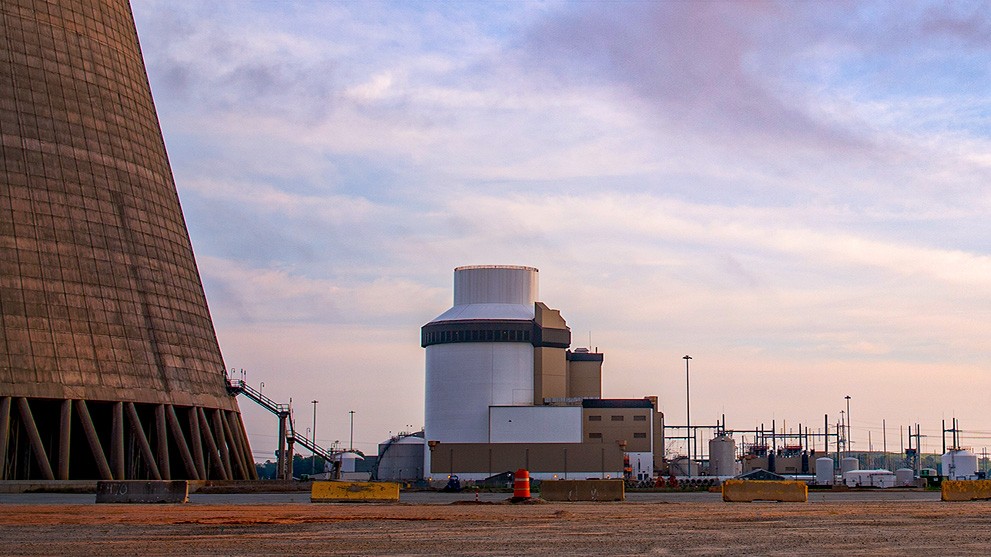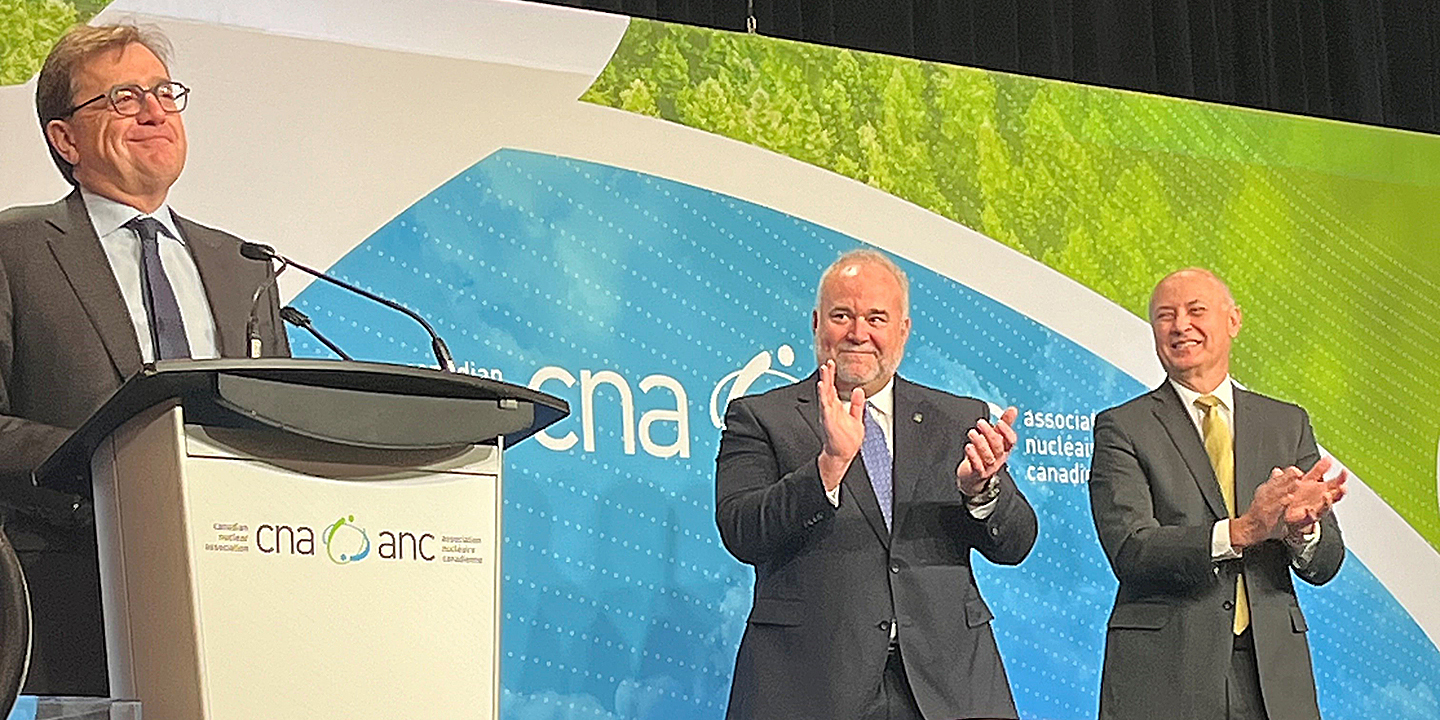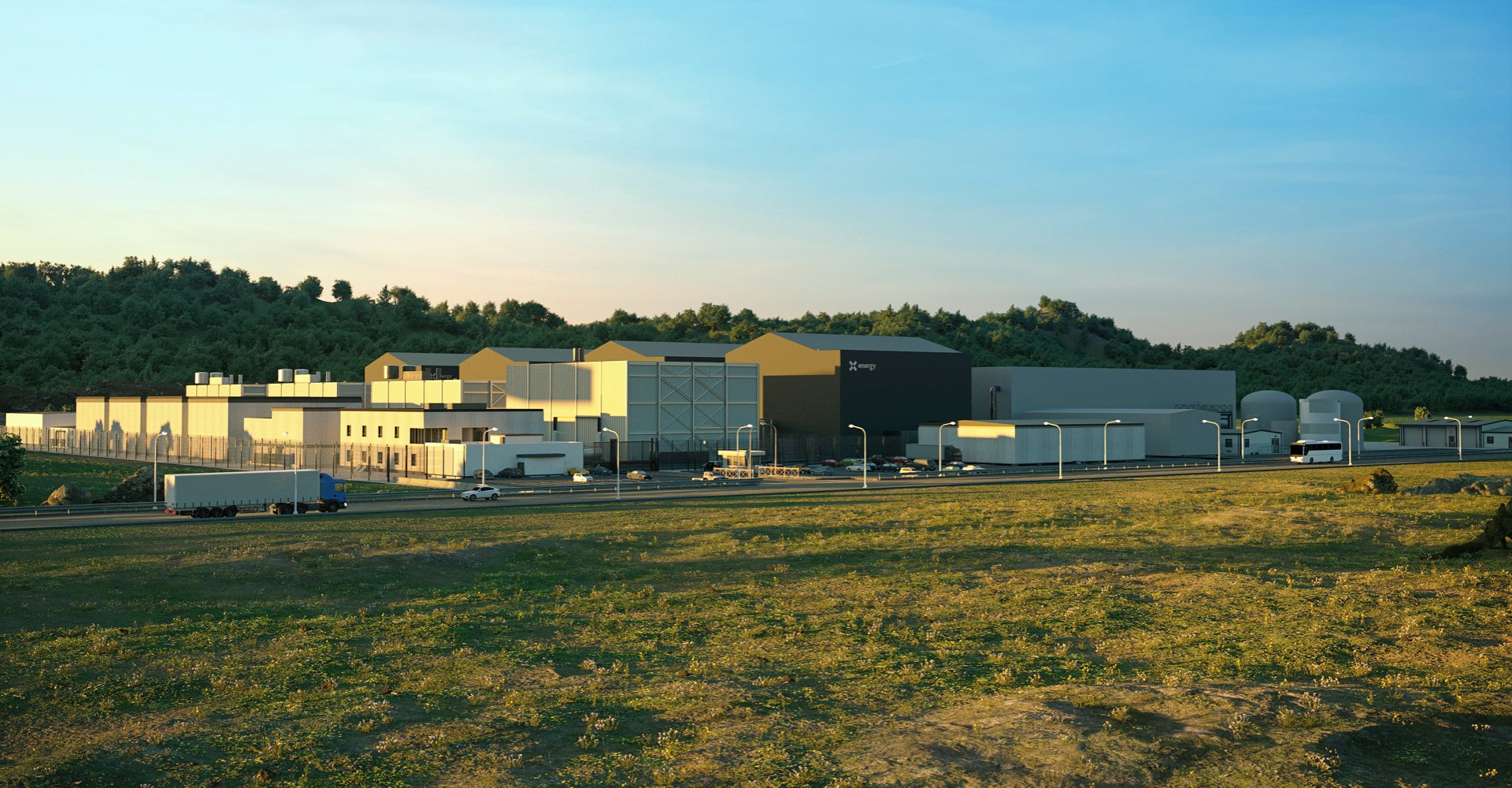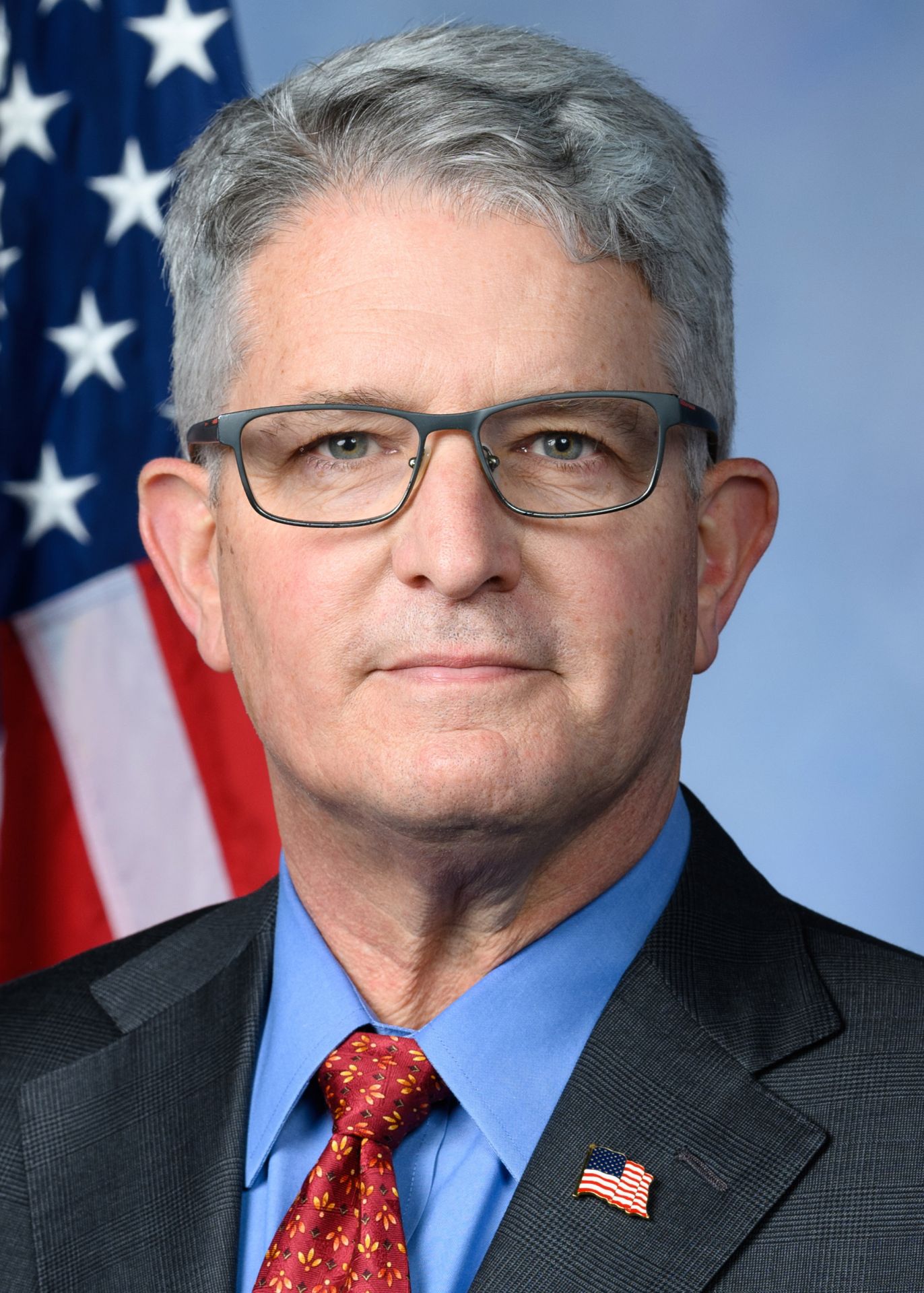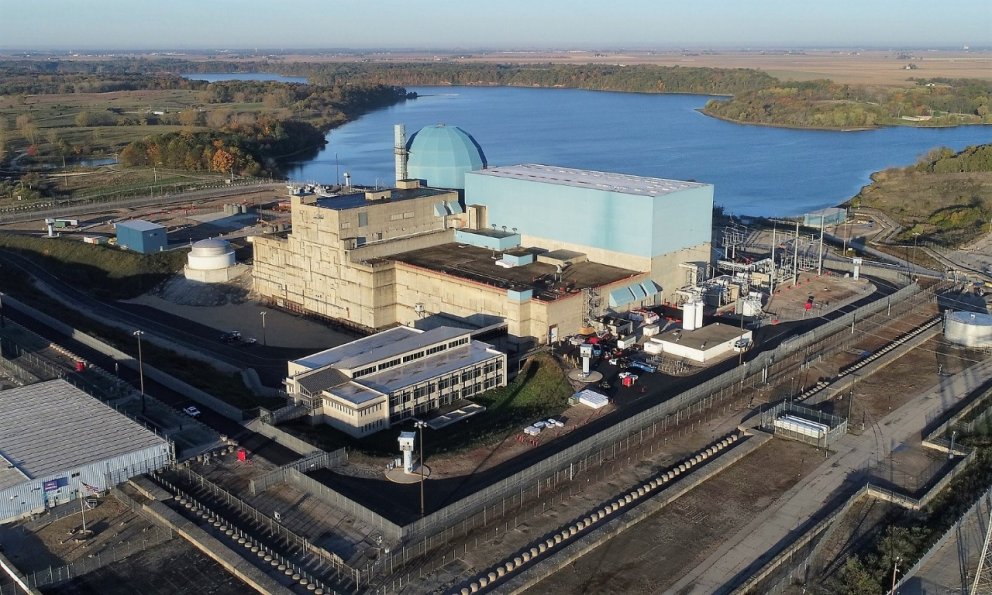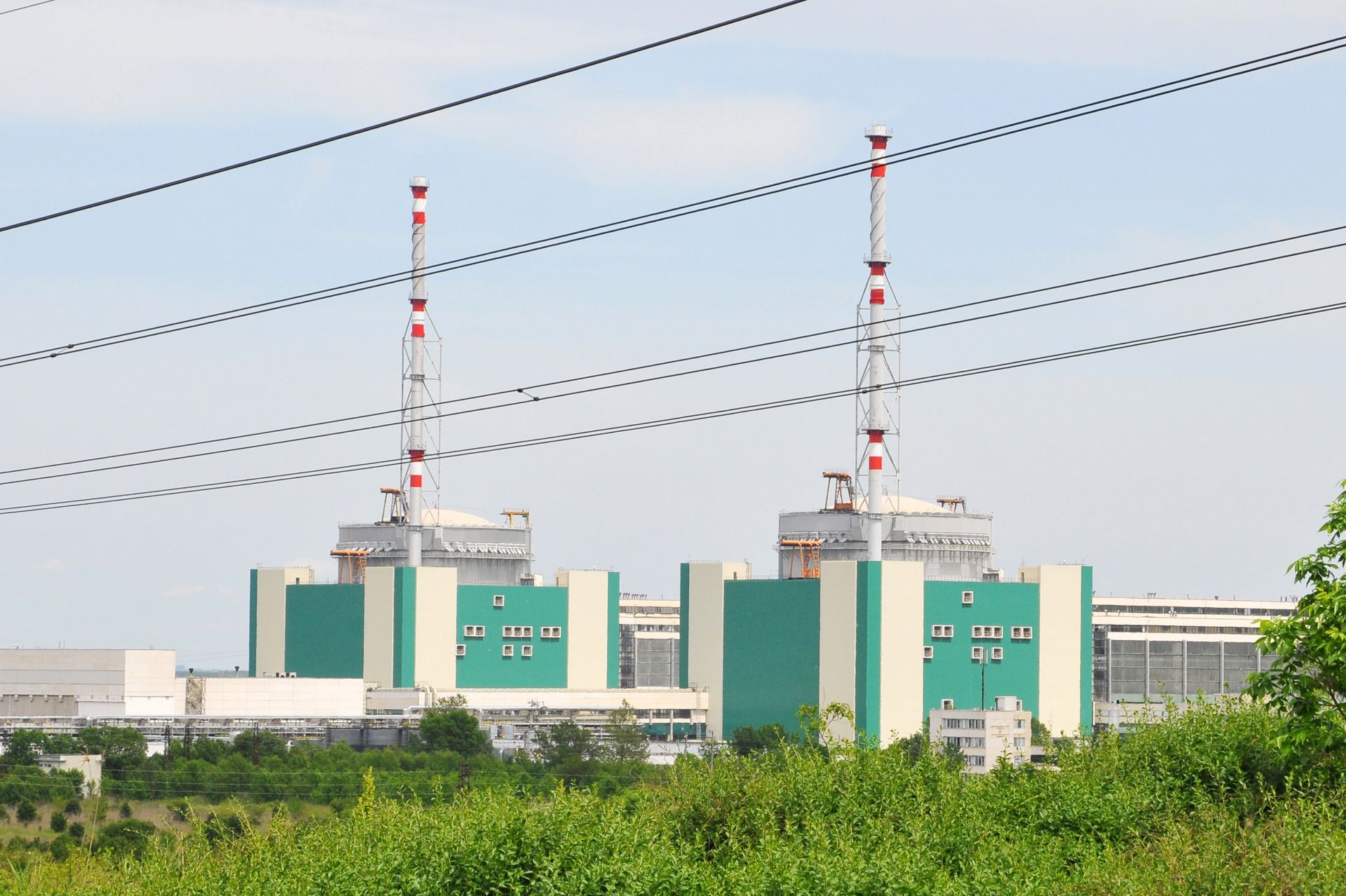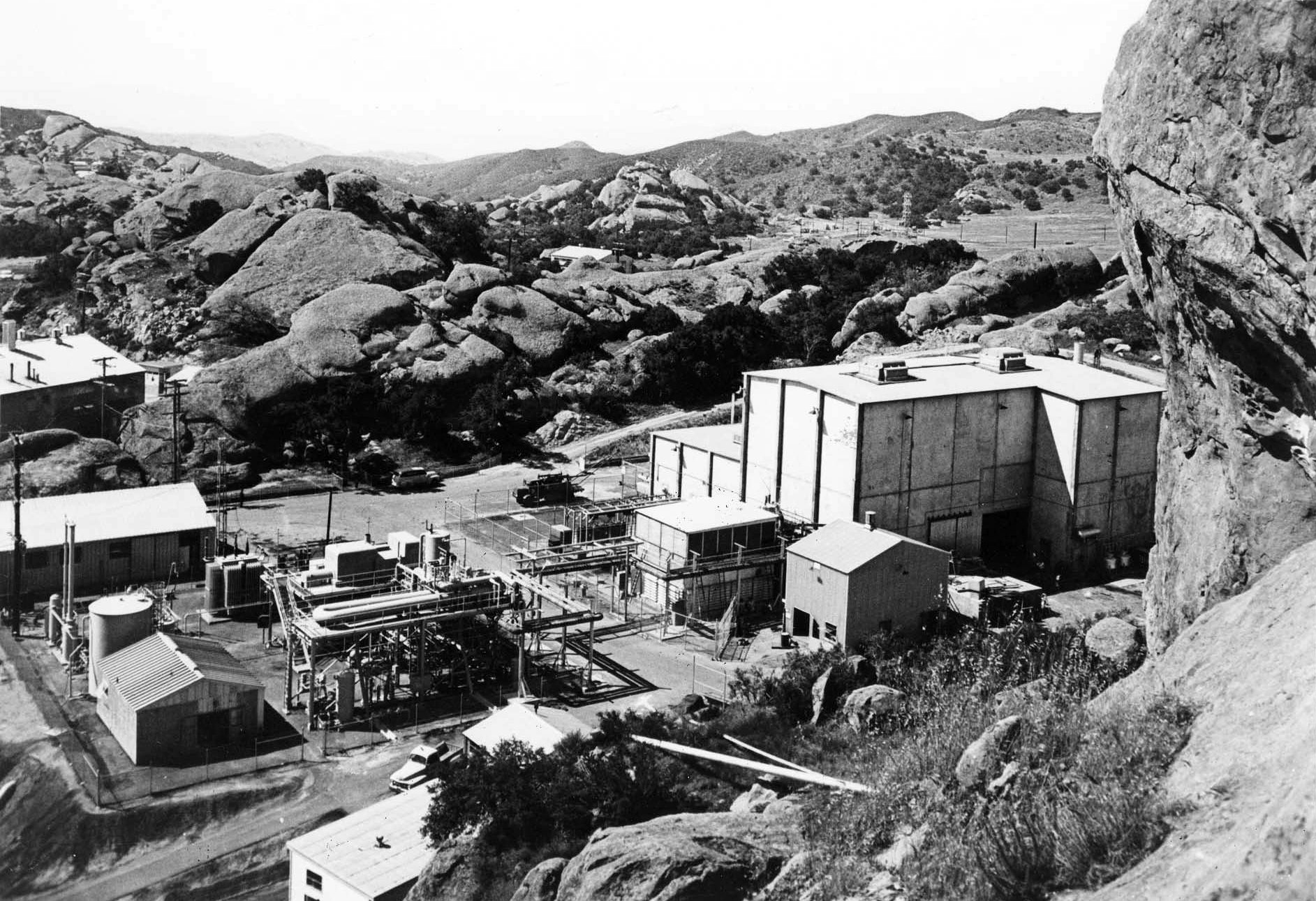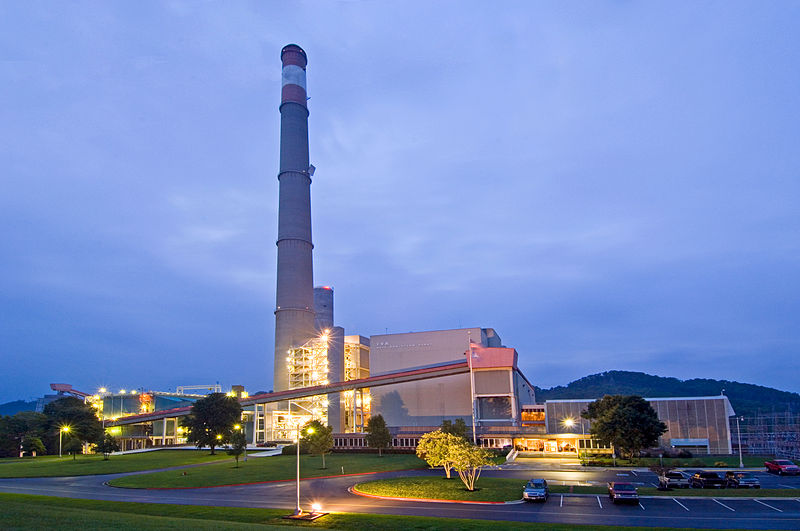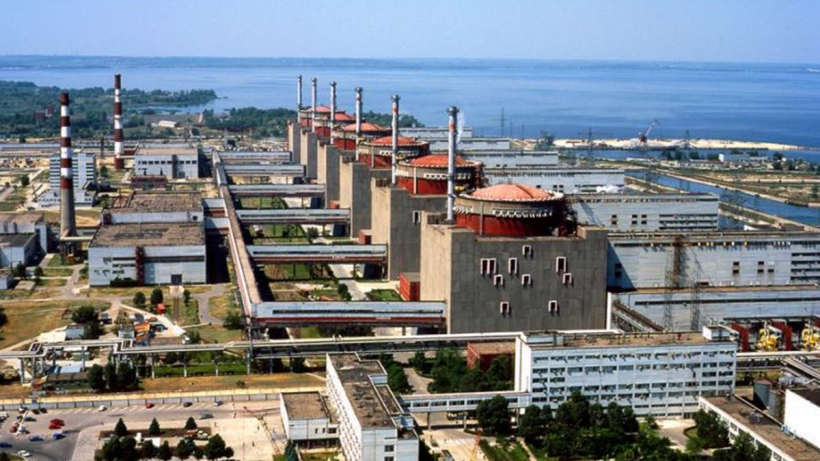The Princeton Plasma Physics Laboratory. (Photo: PPPL)
A team of engineers, physicists, and data scientists from Princeton University and the Princeton Plasma Physics Laboratory (PPPL) have used artificial intelligence (AI) to predict—and then avoid—the formation of a specific type of plasma instability in magnetic confinement fusion tokamaks. The researchers built and trained a model using past experimental data from operations at the DIII-D National Fusion Facility in San Diego, Calif., before proving through real-time experiments that their model could forecast so-called tearing mode instabilities up to 300 milliseconds in advance—enough time for an AI controller to adjust operating parameters and avoid a tear in the plasma that could potentially end the fusion reaction.
Southern Nuclear’s Vogtle-4. (Photo: Georgia Power)
Vogtle Unit 4 synchronized and successfully connected to the electric grid on March 1, just two weeks after reaching initial criticality.
This milestone is one of the final steps to completing Southern Nuclear’s long-awaited Vogtle project, adding the second of two large-scale reactors to the United States’ fleet in as many years—the first such additions to that fleet in more than three decades.
The Washington State University Tri-Cities campus. (Photo: WSU)
A new engineering scholarship at Washington State University (WSU) Tri-Cities has been established by Longenecker & Associates for students interested in careers that support Department of Energy missions.
Ontario energy minister Todd Smith (center) and Bruce Power president and CEO Mike Rencheck (right) applaud as Jonathan Wilkinson, Canadian minister of energy and natural resources, announces funding to support Bruce Power’s predevelopment work for expansion. (Photo: Bruce Power)
The Canadian government has announced up to C$50 million ($36.8 million) in funding for predevelopment work to study the feasibility of building 4,800 megawatts of new generating capacity at the Bruce nuclear power plant in Ontario.
HALEU reguli fabricated from downblended high-enriched uranium recovered from legacy EBR-II fuel at Idaho National Laboratory. (Image: DOE)
The Department of Energy yesterday announced a draft environmental impact statement (EIS) on HALEU Availability Program plans to purchase high-assay low-enriched uranium under 10-year contracts to seed the development of a sustainable commercial HALEU supply chain.
A digital rendering of the Dow/X-energy Xe-100 plant in Texas. (Image: X-energy)
The U.S. Nuclear Regulatory Commission hosted a public meeting earlier this month for community members to learn more about X-energy’s plans to build small modular reactors at a Dow Chemical plant on the Gulf Coast of Texas.
Clinton nuclear power plant. (Photo: Constellation Energy)
The Nuclear Regulatory Commission has published Clinton Power Station’s initial license renewal on the agency’s website.
Constellation Energy submitted the application February 14, seeking an extension for the Illinois plant's current operating license from 20 years to 40 years. This would allow the Illinois plant to run through 2047.
The Kakrapar nuclear power plant in Gujarat, India, is home to four PHWRs. (Image: DAE GODL-India)
Unit 4 at Kakrapar nuclear power plant was connected to the grid on February 20, the Nuclear Power Corporation of India Ltd. (NPCIL) has announced. The 700-MWe pressurized heavy water reactor achieved first criticality on December 17, 2023.
An olive harvest. Europe produces 60 percent of the world's olive oil. (Photo: FAO)
The International Atomic Energy Agency is developing multiple methods to rapidly screen and authenticate the origin of foods like extra virgin olive oil. With recent heat waves and droughts affecting olive oil yields in Europe—which produces 60 percent of all olive oils—the European Commission has a problem: a growing black market in fake virgin and extra virgin olive oils. According to a 2022 EC report, olive oil is one of the most mislabeled food products in Europe.
Bulgaria’s Kozloduy nuclear power plant. (Photo: Gogo89873)
Bulgaria has shortlisted South Korea’s Hyundai Engineering and Construction team to build new reactors at Kozloduy nuclear power plant.
Of the five international companies to bid on the project, Hyundai E&C was the only one that met the requirements of project company Kozloduy NPP—New Builds Plc. for the commissioning and construction of two new Westinghouse Electric AP1000 reactors, the Bulgarian firm said. Bids were due February 2.
The SRE nuclear facility in 1958. (Photo: DOE)
In February 1957, construction was completed on the Sodium Reactor Experiment (SRE), a sodium-cooled, graphite-moderated reactor with an output of 20 MWt. The design of theSRE had begun three years earlier in 1954, and construction started in April 1955. On April 25, 1957, the reactor reached criticality, and the SRE operated until February 1964.
TVA's Bull Run fossil plant. (Photo: TVA)
Type One Energy Group announced plans on February 21 to relocate its headquarters from Madison, Wis., to the Tennessee Valley Authority’s (TVA) Bull Run fossil plant in Clinton, Tenn., where it will build a stellarator fusion prototype machine. According to the company, the construction of the stellarator—called Infinity One—could begin in 2025, if necessary environmental reviews, partnership agreements, permits, and operating licenses are all in hand.
Zaporizhzhia nuclear power plant in Ukraine. (Photo: DOE)
Russian shelling is being blamed for damage to the single remaining power source to Ukraine’s Zaporizhzhia nuclear power plant, located on the front lines of the ongoing military conflict.
“After another attack by the Russians, the line that provided the energy supply to the Zaporizhzhia nuclear station was damaged,” Ukraine's power grid operator Ukrenergo said in a February 21 statement.




